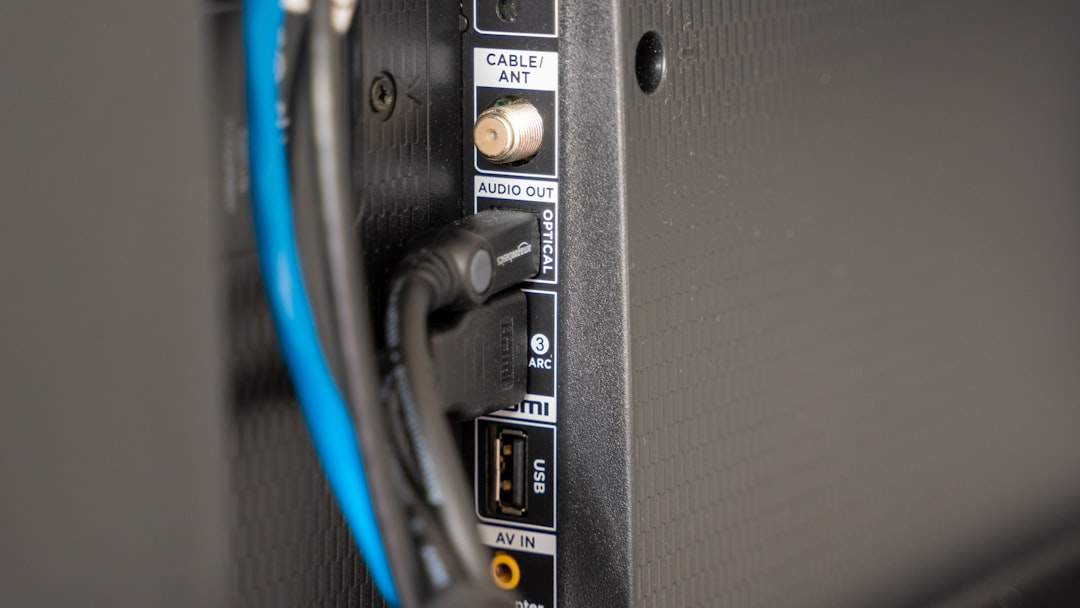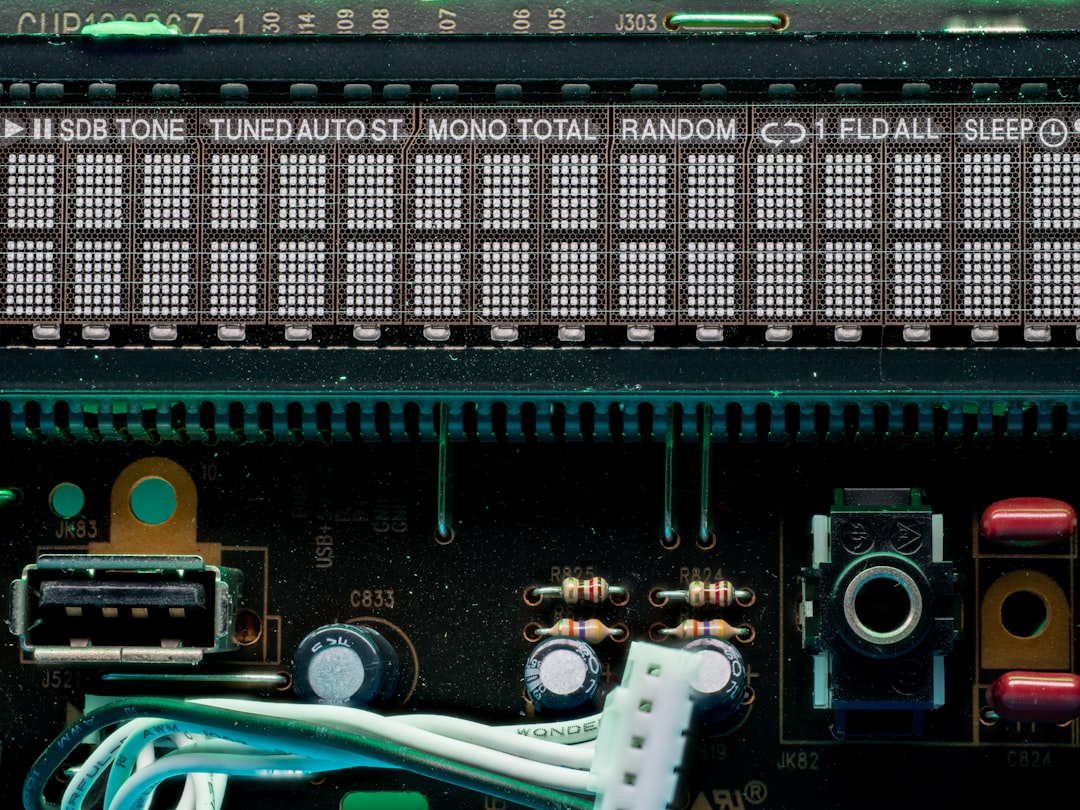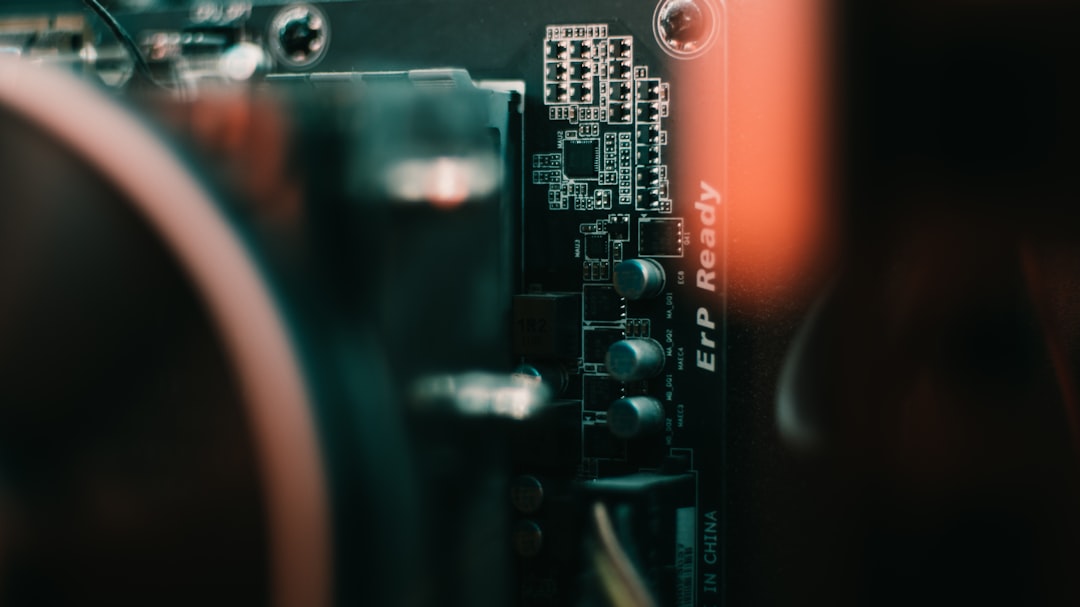So, you’re building a PC or upgrading your current one. You look at your motherboard and see a USB 3.2 Gen 1 header. Then you glance at your case and notice it only has cables for USB 2.0 front ports. Can you connect that USB 2.0 front panel to your USB 3.2 Gen 1 header? It’s a common question and the short answer is… not directly. But let’s explain things in a way that won’t make your head spin.
TL;DR
You can’t plug a USB 2.0 cable directly into a USB 3.2 Gen 1 header. They are shaped differently and transfer data differently. However, adapters and workarounds do exist. With the right tools, you can make it work, but with a few limitations.
What Are USB Headers, Anyway?
USB headers are connectors on your motherboard. They let you plug in USB ports from your case so that they work with your system.
There are different types:
- USB 2.0 header – smaller and older, typically black with 9 pins.
- USB 3.2 Gen 1 header – newer, blue or teal, and has 19 or 20 pins, depending on the design.
The two are not physically compatible. Trying to jam one into the other just won’t work – and can damage your parts!

Why Would You Want to Connect USB 2.0 to 3.2 Gen 1?
Most modern PC cases still include ports for USB 2.0 on the front panel. But many new motherboards are starting to phase out USB 2.0 headers completely.
So if your case is older but your motherboard is new, you might be stuck with a USB 2.0 connector… and nowhere to plug it in.
Solution? Look into adapters or rethink your front-panel connections.
Key Differences Between USB 2.0 and USB 3.2 Gen 1
- Speed: USB 2.0 is much slower (480 Mbps) vs USB 3.2 Gen 1 (5 Gbps)
- Pins: USB 2.0 headers have 9 pins, 3.2 Gen 1 headers have 19 or 20 pins
- Design: Different shapes; USB 2.0 headers are simple, USB 3.2 headers are complex
- Color Coding: USB 2.0 headers are often black, USB 3.2 Gen 1 are blue or teal
Due to these differences, direct compatibility is not possible without help.
Can You Use an Adapter?
Yes! There are adapters that let you convert a USB 3.2 Gen 1 header into a USB 2.0-compatible pin layout.
Here’s what you need to know:
- Look for a USB 3.0/3.2 Gen 1 to USB 2.0 adapter.
- It physically connects to your motherboard’s 3.2 Gen 1 header.
- From it, you get a standard 9-pin USB 2.0 header to plug into.
But… You only get USB 2.0 speeds – not 3.2. So your front panel will function properly but slowly.

Is It Safe to Use an Adapter?
Generally, yes! These adapters are made just for this purpose.
As long as you buy from a reliable brand and plug it in correctly, you won’t risk damaging your hardware. Just remember, you won’t get faster speeds – you’re only repurposing a newer header for older gear.
Are There Any Downsides?
Yup, a few:
- Lower Speeds: You’re limited to USB 2.0 performance (about 60 MB/s max).
- Limited Compatibility: Some adapters may not work with all motherboards.
- Extra Cost: You have to buy the adapter separately.
So if you can, consider upgrading to a new front panel or case that supports USB 3.x connections.
Alternative Options
If padding your budget for an adapter isn’t ideal, here are a few different things you can do instead:
- Use Rear USB Ports: Just plug your devices into the back – it’s not front and center, but it works.
- Buy a USB Expansion Card: Adds extra USB 2.0 or USB 3.2 ports using a PCIe slot.
- New Front Panel Module: Upgrade only the front panel of your case with a newer USB module.
These might cost more than an adapter, but they offer better performance and usability in the long run.
What if You Go the Other Way – Plug USB 3.2 Cable into USB 2.0 Header?
You can’t. Don’t try. Not only are the connectors completely different shapes, but you’ll also lose all functionality.
The USB 3.2 Gen 1 front cable expects a 19-pin structure. You can’t mash that into a tiny 9-pin layout.
No adapter for that direction exists – and if you see one… beware. It’s probably junk.
How to Identify Your Headers
Don’t just guess! Look at your motherboard’s manual.
If that’s long gone, use this cheat sheet:
- USB 2.0 headers: Two rows of 5 pins (one usually missing). Label: “F_USB1” or “USB2_0”
- USB 3.2 Gen 1 headers: Large, blocky connector with two rows of pins. Label: “USB3_1” or “F_USB30”
Quick Step-by-Step: How to Use an Adapter
- Buy a USB 3.2 Gen 1 to USB 2.0 adapter
- Turn off your PC and unplug the power
- Find the USB 3.2 Gen 1 header on your motherboard
- Connect the adapter to the header
- Attach your USB 2.0 case cable to the adapter
- Power on your PC and test the functionality
Simple, huh? It doesn’t take an engineer – just care and patience.
Final Words
Old meets new all the time in PC building. And sometimes, all it takes is a little adapter to bring it all together.
Just remember:
- You cannot connect USB 2.0 directly to USB 3.2 Gen 1
- Adapters exist and work well for this
- Understand your speed limits and compatibility
Keep building smart, double-check your connections, and don’t be afraid to modernize when needed.
USB life doesn’t have to be confusing. You’ve got this!

